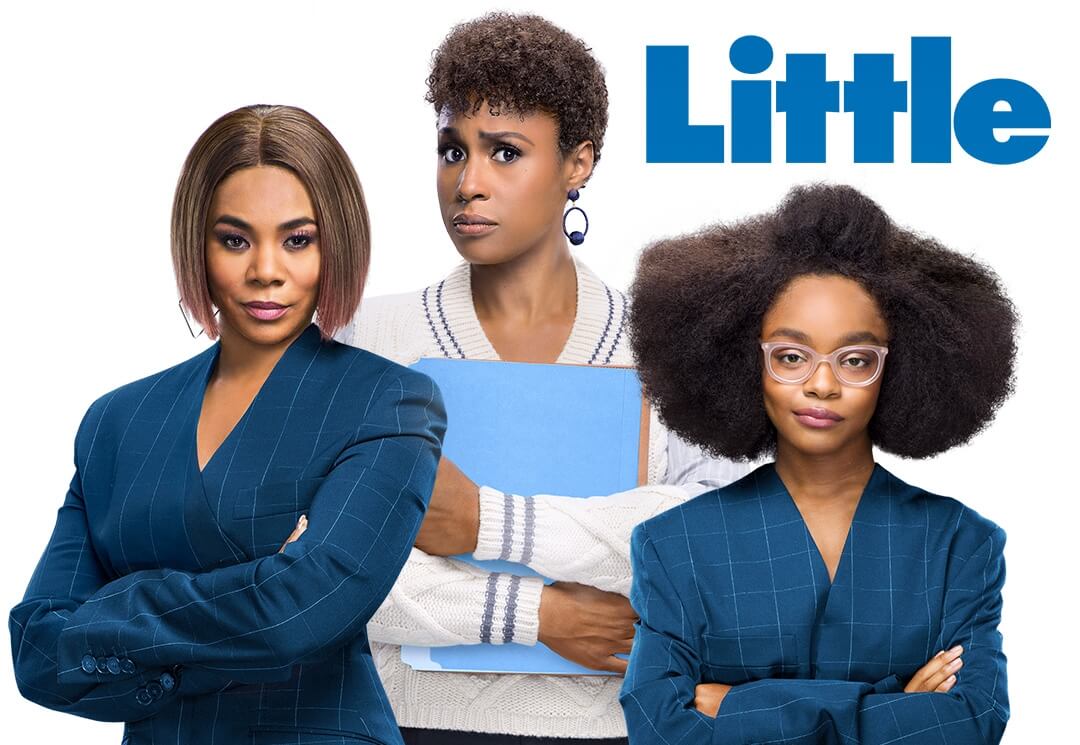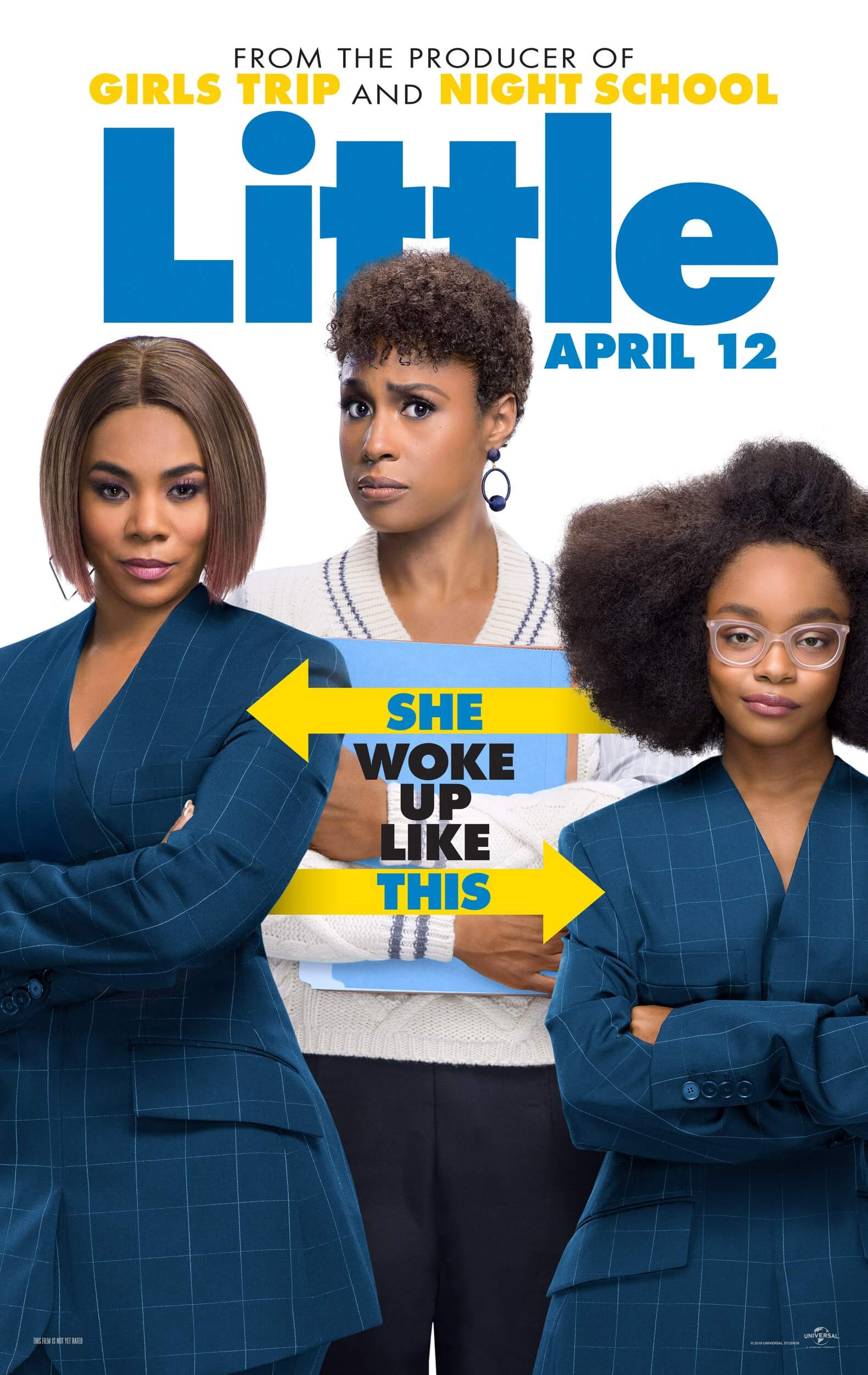Little Shop Of Horrors Skid Row - A Musical Dive
The musical "Little Shop of Horrors" gives us a powerful look at a tough part of town, known as Skid Row. This place, you know, is not just a backdrop; it's almost like a character in itself, full of folks trying to make it through each day. The song "Skid Row (Downtown)" really sets the stage, pulling you right into the daily struggle and the big dreams of the people who live there. It’s a moment in the show that sticks with you, painting a vivid picture of a world where hope feels a bit hard to find.
This particular song, you see, comes pretty early in the story, and it does a lot of work. It helps us get a feel for the kind of life Seymour and Audrey lead, and why they both, basically, long for something different. It’s not just about showing us where they are, but also about letting us feel their deep desire to escape the daily grind and the sadness that seems to hang in the air around them. It's a very honest portrayal, in some respects, of what it feels like to be stuck.
The song itself is quite something, often performed with a lot of energy. It truly captures the spirit of a place where people are just trying to get by, yet they still hold onto a tiny spark of something better. You hear their voices, their frustrations, and their quiet wishes all woven together, creating a sound that, you know, really gets to the core of what it means to be living in tough times. It's a pretty impactful piece of music.
Table of Contents
- What's the Heart of Little Shop of Horrors Skid Row?
- Who Brings Little Shop of Horrors Skid Row to Life?
- How Does the Song's Energy Change?
- What Dreams Lie Beyond Little Shop of Horrors Skid Row?
- Is There a Way Out of Little Shop of Horrors Skid Row?
What's the Heart of Little Shop of Horrors Skid Row?
When you hear "Skid Row (Downtown)" from "Little Shop of Horrors," you're really getting a feel for the daily routine of these characters. The alarm clock, you know, goes off at seven in the morning, and it's time to head uptown. People spend their whole day, eight hours, working for those in charge, the ones who've always held the power. It's a pretty clear picture of a life that feels, in a way, controlled and without much personal choice.
After a long day, when it hits five in the afternoon, everyone heads back downtown, to Skid Row. This place, as the song tells us, is where your whole existence can feel like a bad joke. You pay for your ride, a small coin, just to get back to a home that doesn't offer much comfort. It's a cycle, basically, of working hard for little reward, and then returning to a place that just reinforces the feeling of being stuck. It’s a very stark image.
The Unforgettable Setting of Little Shop of Horrors Skid Row
The song paints a pretty grim picture of this area. Audrey's lines, for example, talk about a place where the men are, you know, not very good, and where your personal belongings can easily get ruined. She mentions how romantic connections just don't seem to work out there. It’s a place where, apparently, everything feels a bit broken, and finding happiness or stable bonds is nearly impossible. This description really drives home the sadness of living on Little Shop of Horrors Skid Row.
- How To Scan On Snap
- Hunger Game Outfits
- Lotto 47 Number
- Jake Paul Ko Woodley
- Whole Foods Beauty Bags 2024
The idea of "downtown" keeps coming up, serving as a constant reminder of this difficult place. It's where the bottom line is always visible, where life is tough, and where anyone who knows the area, even someone who drinks too much, can tell you exactly what it's like. It's a commonly known fact, you know, that this part of town is a place of hardship. This repeated mention of downtown helps to solidify the setting as a central part of the story, making Little Shop of Horrors Skid Row almost a character itself.
Who Brings Little Shop of Horrors Skid Row to Life?
The song "Skid Row (Downtown)" is a group effort, really. It’s sung by a collection of voices, including Seymour, Audrey, and the three streetwise women – Crystal, Ronnette, and Chiffon. Plus, you know, a bunch of other folks who live in the area join in. This helps to create a sense of shared experience, showing that the feelings of being stuck and wanting more are common among the people there. It’s a powerful chorus of shared struggle.
In the original movie, the song features a great group of performers. Rick Moranis, who plays Seymour, and Ellen Greene, who is Audrey, are there. Then you have Michelle Weeks, Tichina Arnold, and Tisha Campbell, who portray the street trio. Their combined voices, basically, give the song its punch and help to convey the collective feeling of the neighborhood. It’s a pretty strong performance by all involved, making the setting of Little Shop of Horrors Skid Row feel very real.
The Voices Behind Little Shop of Horrors Skid Row
The musical's original cast recording from 1982, with Universal Music Group, also features this song. It’s a testament to how long this piece has been a key part of the show. The 2003 Broadway revival cast recording also includes a version, showing how different performers can bring their own touch to the same material. It’s cool to hear, you know, how the song has lived on through various interpretations, always keeping its core message about Little Shop of Horrors Skid Row.
When you look at the sheet music for "Skid Row," you can see how the song is put together, arranged for piano, voice, and guitar. This means, in some respects, that it’s a very versatile piece, allowing different musicians to play it their own way. The music and words, created by Alan Menken and Howard Ashman, are what make it so memorable. They truly captured the spirit of the place, making Little Shop of Horrors Skid Row come alive through sound.
How Does the Song's Energy Change?
Interestingly, the way "Skid Row (Downtown)" feels can differ quite a bit depending on whether you're watching a live stage show or the movie version. The stage productions, you know, tend to move at a slightly faster pace. This quicker tempo can make the song feel more urgent, like the characters are almost rushing to get their feelings out, or that their lives are moving at a relentless speed. It’s a very noticeable difference, actually, in the overall feel of the piece.
Comparing Little Shop of Horrors Skid Row Versions
The movie version, on the other hand, might have a slightly different rhythm, perhaps allowing for more detail in the visuals. There's even an alternate take that was on the 1986 film's music collection, which includes some extra bits. This means, basically, that the creators explored different ways to present the song, each offering a unique perspective on the world of Little Shop of Horrors Skid Row. It’s pretty neat to see how they played with the timing and content.
These different versions show how a song can be adapted for various settings while still keeping its core message. Whether it's a bit quicker on stage or has extra parts on a recording, the feeling of longing and the description of a tough life in Little Shop of Horrors Skid Row remains constant. It’s a testament, you know, to the strength of the original composition that it can be interpreted in these different ways and still hit home.
What Dreams Lie Beyond Little Shop of Horrors Skid Row?
A big point of this song is to show us that Seymour and Audrey both have a strong desire to get away from Skid Row. Audrey, for instance, says she's always been without much money, and she even asks a higher power what her purpose is, only to feel like she's told to just keep working. She talks about starting life as an orphan, a child of the street, right there on Skid Row, until someone took her in. This really highlights her deep-seated feelings of helplessness and her wish for something more, you know, something better.
Her words about wanting to "move heaven and hell" to get out of Skid Row are very powerful. She says she’d do "I don't know what" but "a hell of a lot" to escape. This shows a truly desperate, almost fierce, determination to change her situation. People might tell her there’s no way out, but she believes, absolutely, that she has to leave. It's a very clear expression of her inner turmoil and her dreams that go far beyond the confines of Little Shop of Horrors Skid Row.
Is There a Way Out of Little Shop of Horrors Skid Row?
The song really captures the feeling of being trapped, yet still holding onto a glimmer of hope. Seymour and Audrey's shared wish to leave is a central theme, providing a driving force for much of the story. It’s not just about their current struggles, but about their longing for a different kind of life, one where they might find some happiness or a sense of belonging outside of the grim reality they face every day. This aspiration, you know, is what makes them relatable.
The idea that there might be "not a way outta skid" is a sad one, but the characters' refusal to believe it is what makes their story compelling. They keep asking, they keep dreaming, and they keep hoping for a chance to break free. This persistent desire to escape the confines of Little Shop of Horrors Skid Row is what truly defines their journey and gives the song its emotional weight. It's a powerful message about human resilience, even when things seem pretty bleak.

Little | Universal Pictures

Little: Official Clip - Middle School Makeover - Trailers & Videos

Little | Universal Pictures